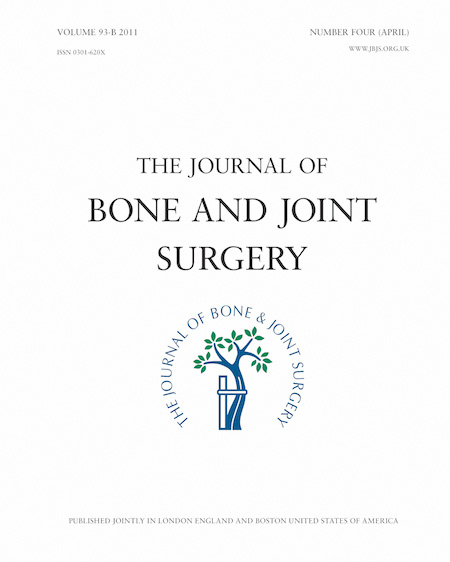
ARTHROPLASTY
The routine use of potent anti-coagulants following TJR is unnecessary
This report has been verified
by one or more authors of the
original publication.
J Bone Joint Surg Br. 2012 Jan;94(1):113-21
The findings of 70 publications, focusing on total joint replacement (TJR) which used some form of thromboprophylaxis, were combined to assess the effect of throboprophylaxis on mortality and proportion of deaths due to a known or suspected pulmonary embolism (PE) in modern TJR. 99441 patients were categorized into 7 groups based on the type of throboprophylaxis. Death occurred in 373 of the patients analysed; these deaths were then grouped by cause, including cardiopulmonary (excluding PE), pulmonary embolism (PE), bleeding, CNS, gastrointestinal and other. Results indicated that there was a very low mortality rate, regardless of thromboprophylaxis in TJR. The use of potent anti-coagulants (PA) did not reduce the mortality rate or the proportion of deaths due to a known or suspected PE and called in to question their routine use following TJR.
Unlock the full ACE Report
You have access to {0} free articles per month.Click below to unlock and view this {1}
Unlock NowCritical appraisals of the latest, high-impact randomized controlled trials and systematic reviews in orthopaedics
Access to OrthoEvidence podcast content, including collaborations with the Journal of Bone and Joint Surgery, interviews with internationally recognized surgeons, and roundtable discussions on orthopaedic news and topics
Subscription to The Pulse, a twice-weekly evidence-based newsletter designed to help you make better clinical decisions
Exclusive access to original content articles, including in-house systematic reviews, and articles on health research methods and hot orthopaedic topics
Or upgrade today and gain access to all OrthoEvidence content for just $1.99 per week.
Already have an account? Log in


Subscribe to "The Pulse"
Evidence-Based Orthopaedics direct to your inbox.
{0} of {1} free articles
Become an OrthoEvidence Premium Member. Expand your perspective with high-quality evidence.
Upgrade Now













































































